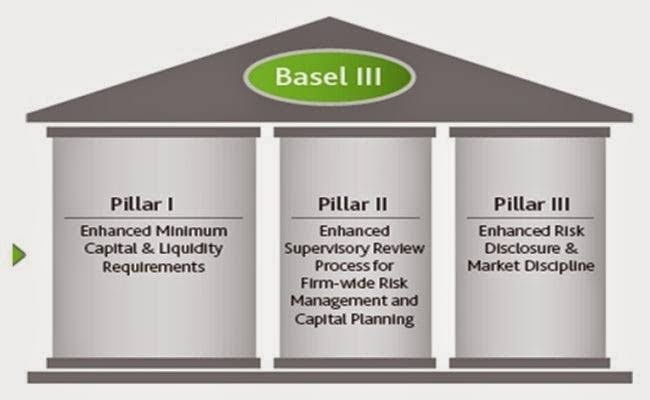Good Evening Friends,
We are Posting Today’s Prelims Marathon
About Prelims Marathon – In this initiative, we post 5 high-quality MCQs daily. Questions are based on the static part of the syllabus. We at ForumIAS believe that practicing quality questions on a daily basis can boost students’ prelims preparation.
For old Archives of Prelims Marathon, Click on “Archives”
[WpProQuiz 1394]







RESULTS
4 of 5 questions answered correctly
Your time: 00:01:51
You have reached 4 of 5 scores, (80%)
Daily Quiz: March 17, 2020
RESULTS
4 of 5 questions answered correctly
Your time: 00:01:02
3/5
3 of 5 questions answered correctly
Your time: 00:02:21
live up
RESULTS
4 of 5 questions answered correctly
Your time: 00:01:40
You have reached 4 of 5 scores, (80%)
4/5